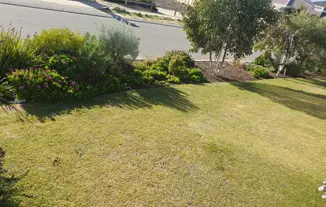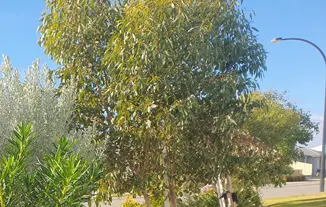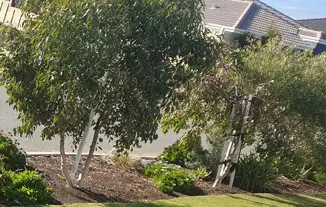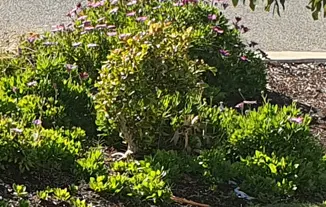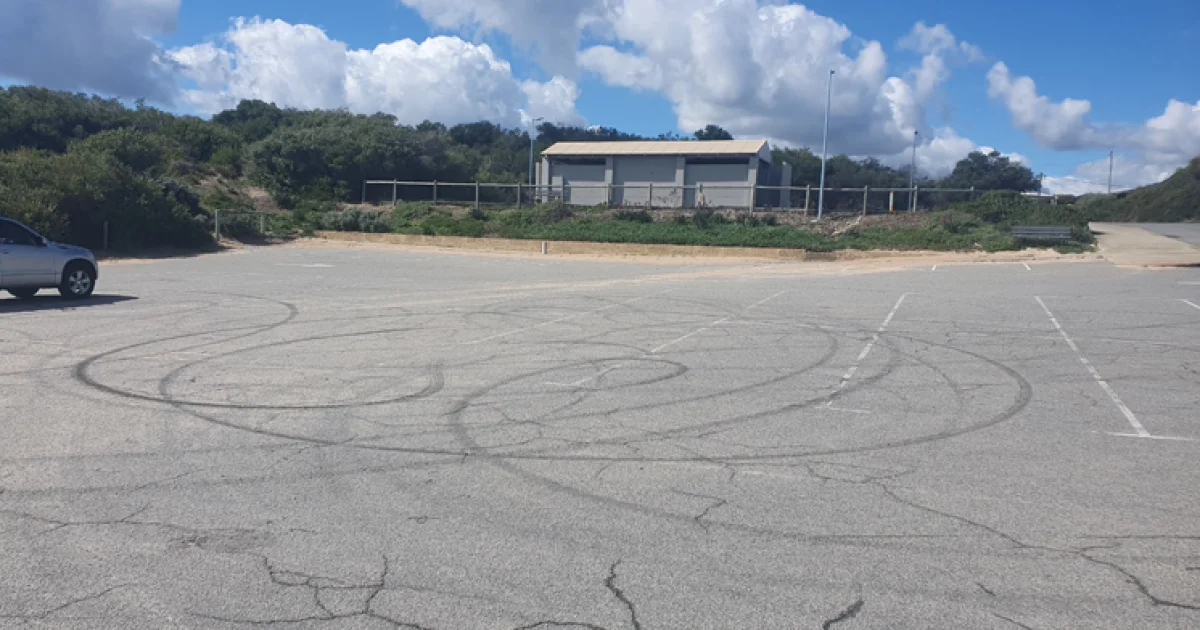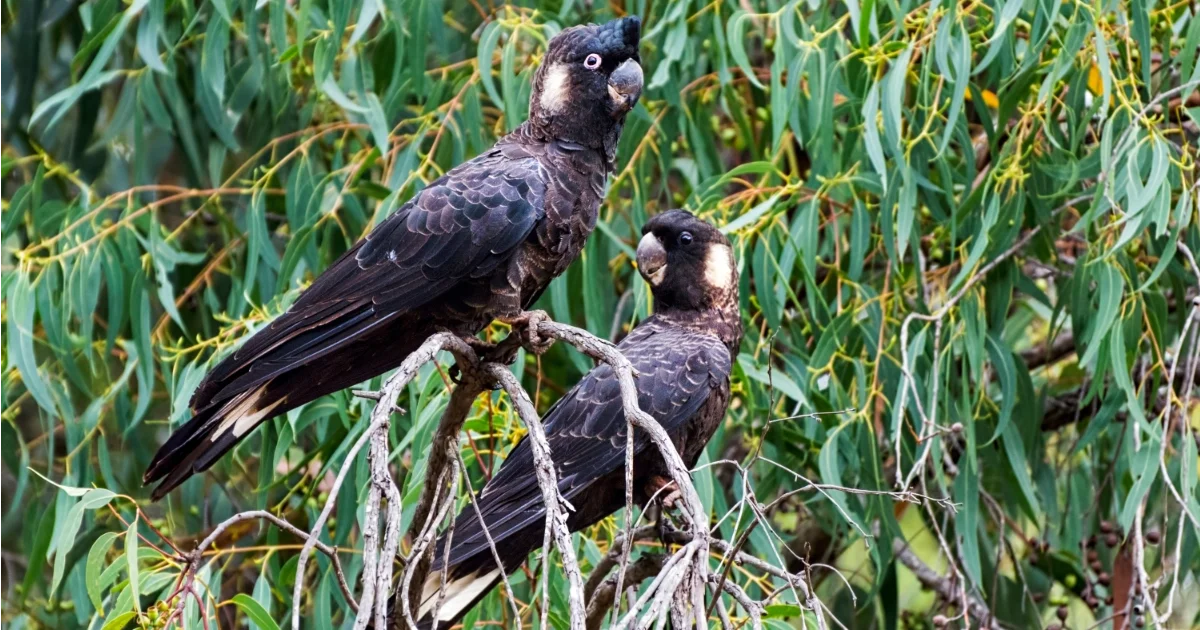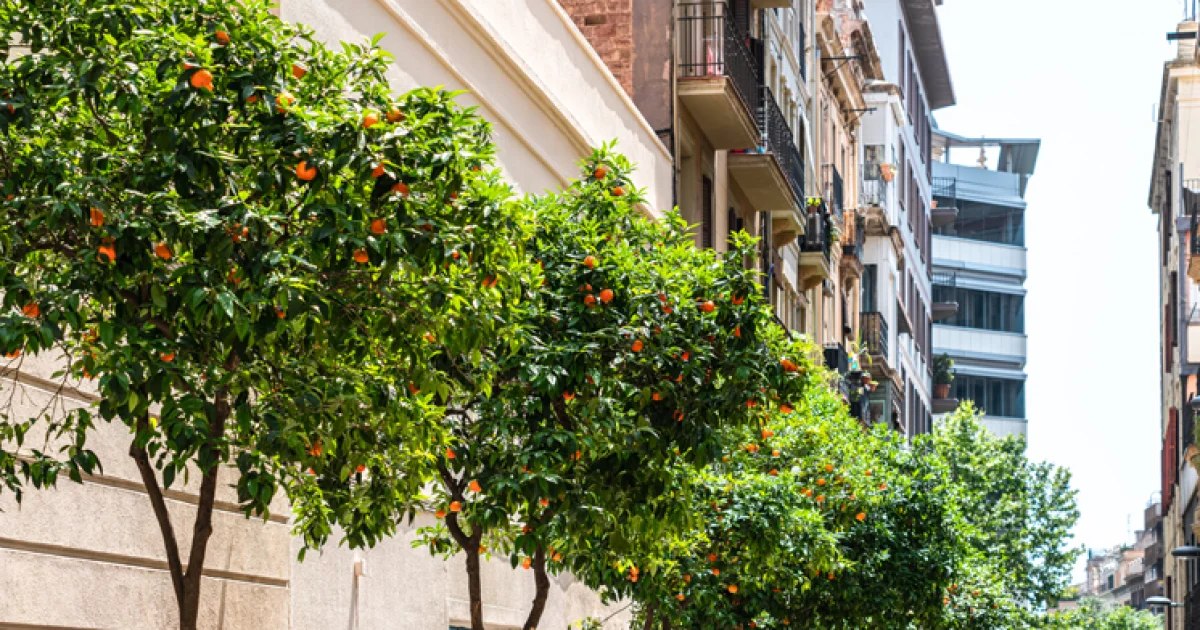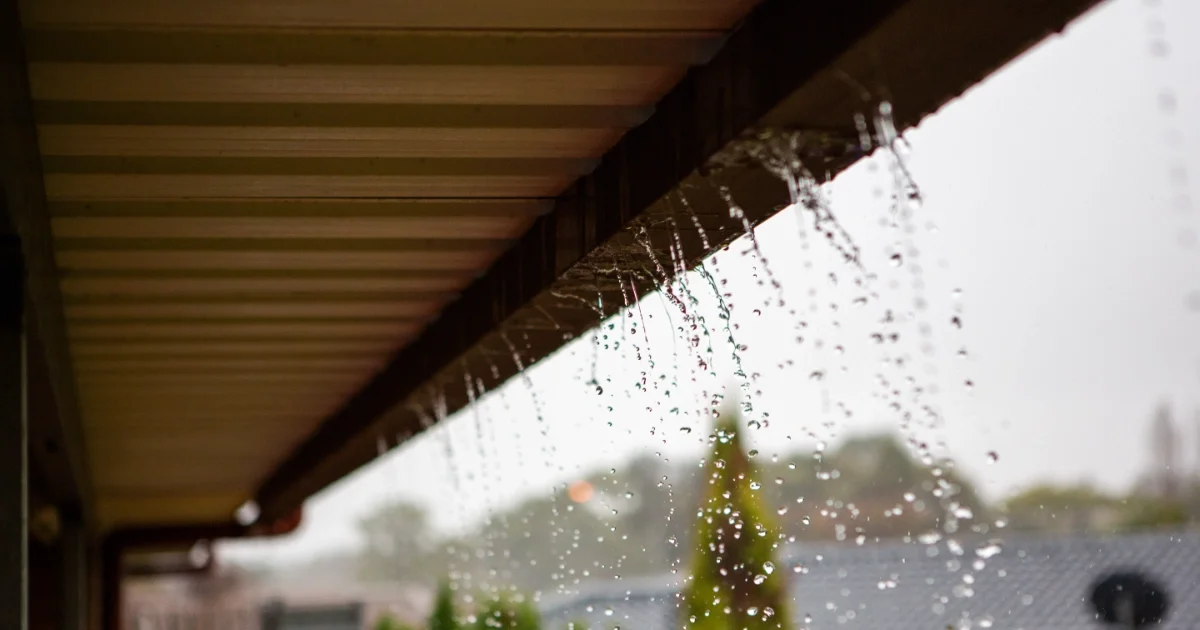
Reusing Water at Home
Greywater, the lightly used water from showers, sinks, and laundry, offers an eco-friendly way to conserve water, save money, and support the environment. By reusing greywater for tasks like garden irrigation, households can reduce fresh water consumption and enrich soil health with its natural nutrients. This practice also eases strain on local water supplies and wastewater systems. To start, identify sources of greywater in your home and install a basic or advanced greywater system to redirect this resource safely. Select drought-tolerant plants for irrigation, and maintain the system with proper filtration and eco-friendly products.

